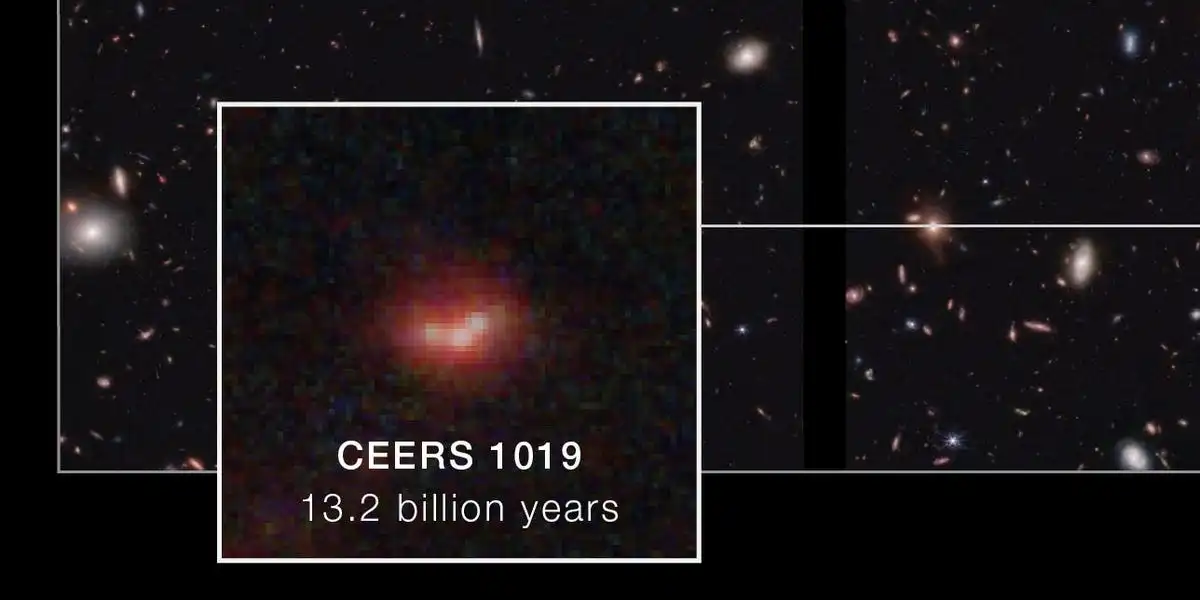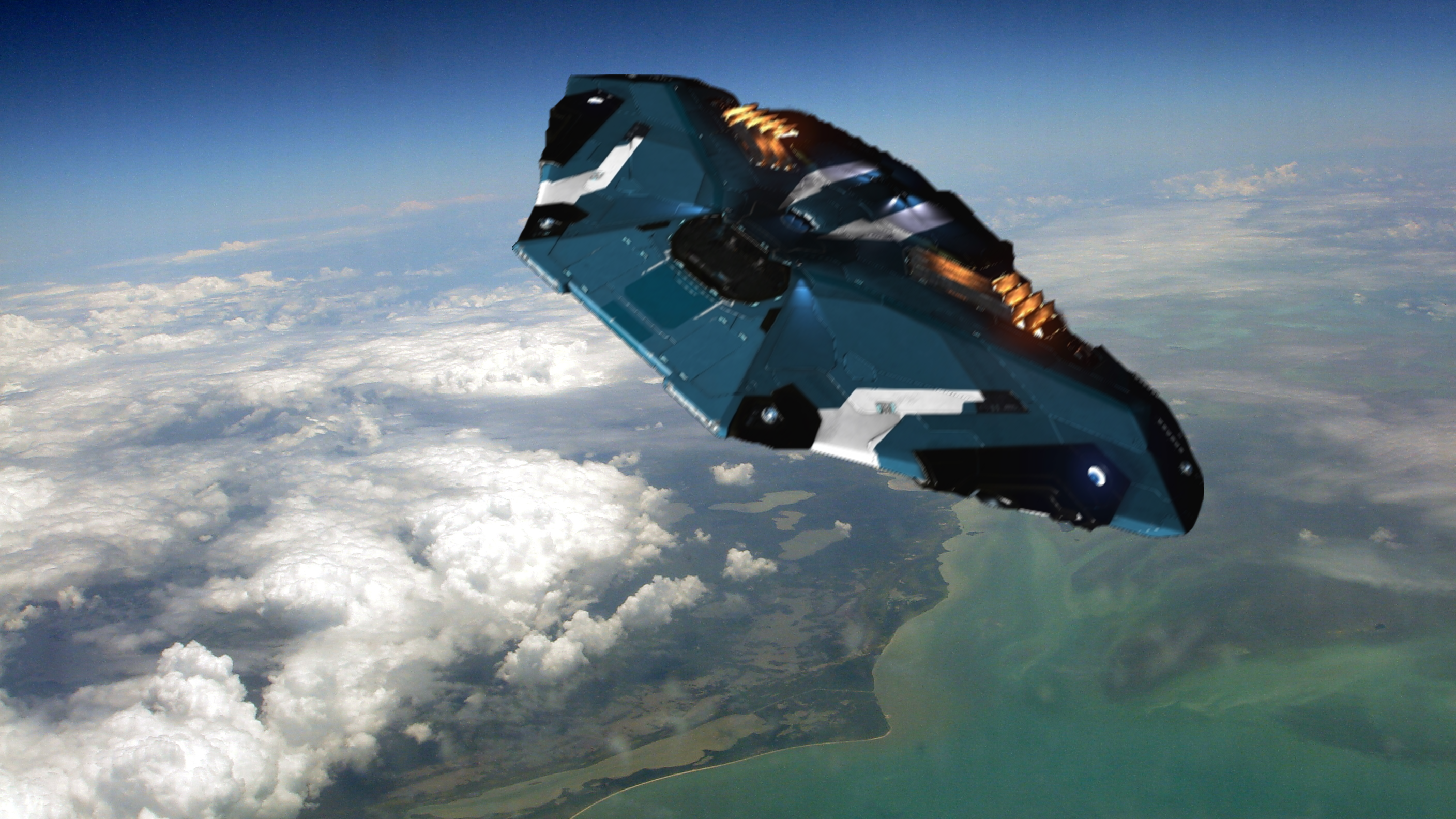NASA’s Webb telescope spotted an active supermassive black hole that existed 570 million years after the Big Bang. That’s really early.
Now I have to wait for one of the YT astronomers to explain why early formation is so odd a concept. I get that we’re just getting evidence now, so it was an unknown, but how is it hard to visualize enough matter even in the early universe collecting at some spots to collapse? The very early universe was clumpy due to dark matter and that formed the core of galaxies, but if a clump was big enough at the start, why couldn’t it crunch down and take in other nearby matter right away?
From what I understand, it’s because it requires a certain amount of fusion to reach the density required to collapse into a black hole in the first place. There’s a huge difference in density between a dust cloud and a lump of heavy metal, and simply adding more dust to your dust cloud doesn’t change that. That fusion takes time - it takes billions of years for most stars to reach that point - so it happening in just over half a billion years is really fast.
It could prove that in the near beginning, just after the big-bang, massive stars initially formed, and lived very short lives of a few million years. That would explain the early formation of supermassive black holes like this. Smaller dwarf starts like ours could be the product of several billion years of star life and evolution.
That is one theory for what we see. The trick is figuring out whether this is an anomaly or typical of the early universe and determining what mechanism could have led to it happening (whether rare or common). (edit: though notably, theoretical Pop III stars are still only on the order of 100s of stellar masses, not million, so these SMBHs are almost certainly not collapsed Pop IIIs)
Population III stars are speculated to have been very big indeed. And very short-lived because of their near-0 metalicity. But current models do not have them nearly big enough to explain early SMBHs like this. That’s why these observations are so interesting.





